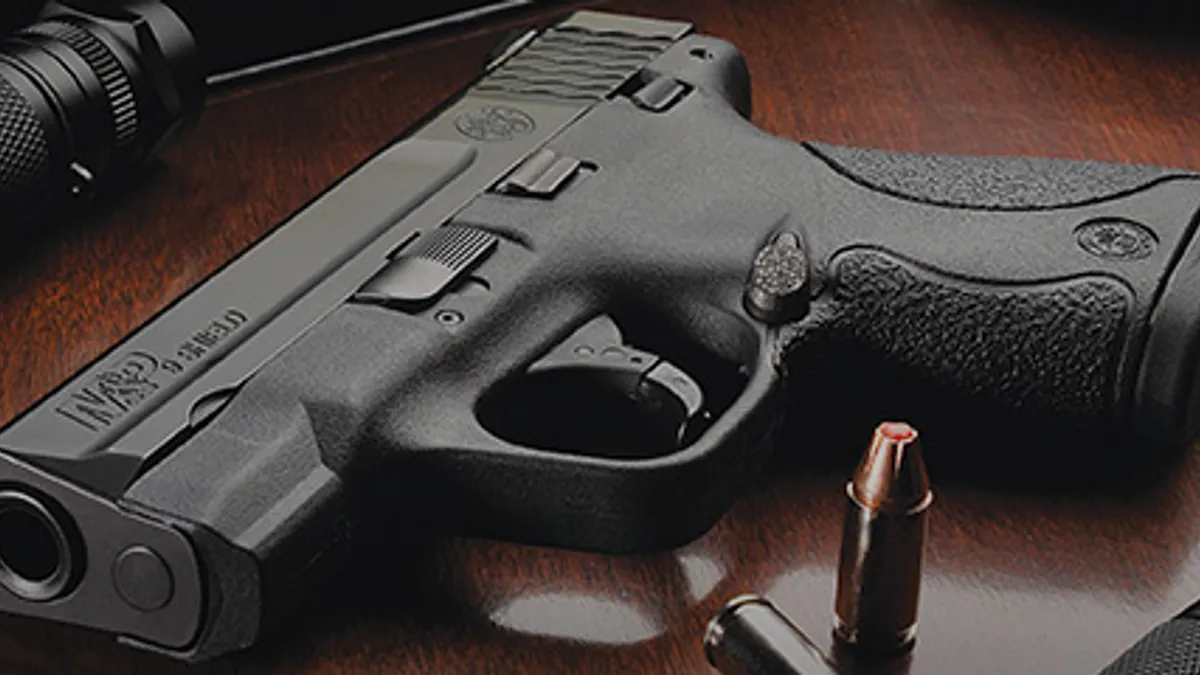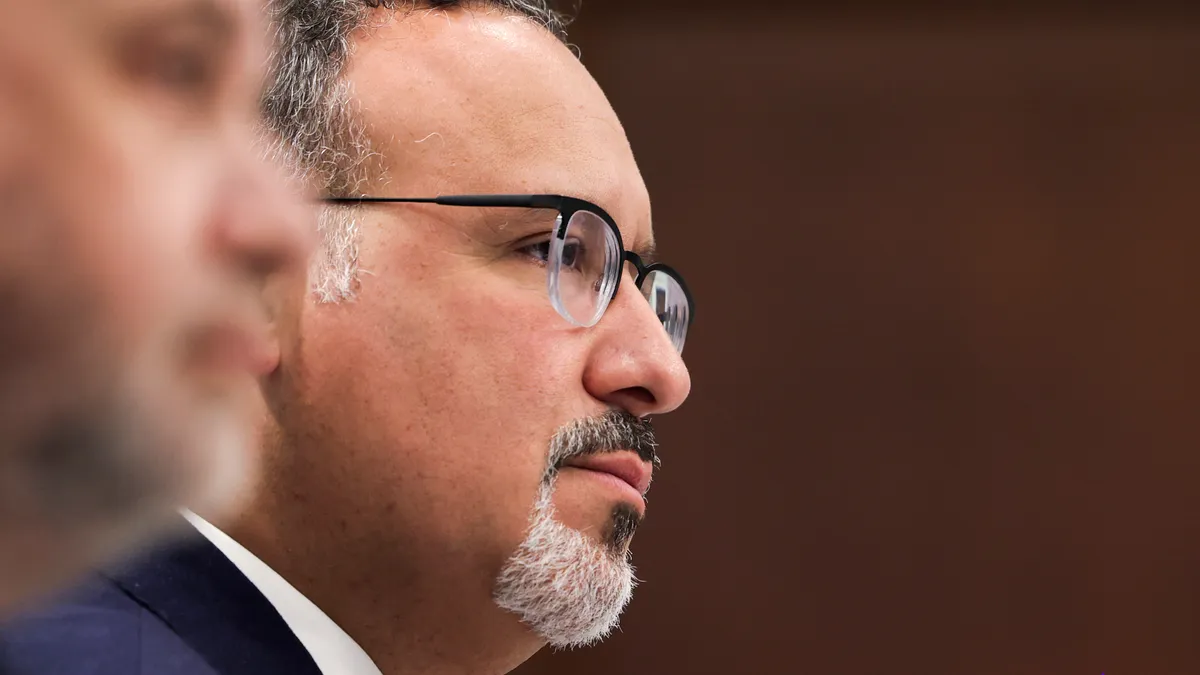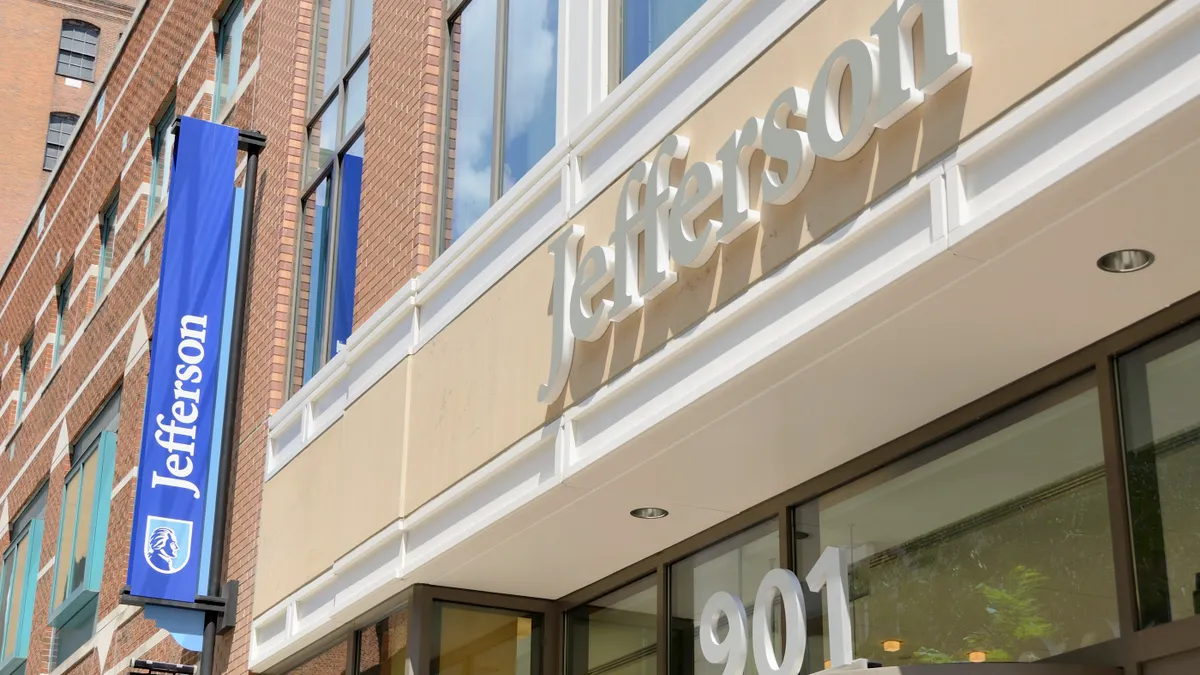Editor's note: Douglas Cremer is dean of the College of Liberal Arts at Woodbury University in Burbank, California.
Little seems more polarizing and risky than an open discussion about guns and justice, and nothing is more terrifying to teachers and professors than the threat of an “active shooter” on campus. How then should the college curriculum address the fraught discussion of firearms in American life? Do the Parkland (Florida) high school students have something to say to college faculty who can often look at criminal justice issues in abstract terms of theory and practice?
Put another way: Would an unvarnished examination of the reality of campus massacres and the extent of gun violence in America, alongside a thorough grounding in the U.S. Constitution and constitutional law, be the responsible approach to engaging students, especially as they start college?
The subject matter is both ironic and poignant. Institutions of higher education have been grappling with the concept of “safe spaces” — intellectually, academically, emotionally — at the same time that campuses across the spectrum of American education, from pre-K to post-doc, are compelled to respond to violent threats to their safety. Active shooter drills are as common as the old nuclear war drills of a past era, only now the enemy is not some foreign power but our own neighbors. How do we study a phenomenon this visceral?
The strong correlation between the number of guns owned in the United States and the number of gun deaths of all kinds is striking, and the effects go well beyond those who have died. Timed with the 18th anniversary of Columbine, a Washington Post study revealed that more than 200,000 students have experienced gun violence since 1999. A generation on, a mere handful of academic programs build coursework around the theme of gun violence, and most are not tailored for undergraduates, let alone first-year college students.
Pervasive as gun violence is, the college curriculum is largely silent, with exceptions for institutions like the City College of New York’s John Jay College of Criminal Justice, the Johns Hopkins Center for Gun Policy and Research, the University of Pennsylvania’s School of Social Policy & Practice, and law schools at NYU, UCLA and UC, Berkeley.
It is impossible to overstate the scope of the violence and the extent to which virtually every sector of the country has been touched. According to CNN, during the first 21 weeks of the year, the U.S. experienced 23 school shootings across nearly 20 states, or an average of about one a week. CNN’s tally includes incidents where at least one person was hurt or killed and the shooting occurred on campus (“campus” defined as anything from kindergarten through the college/university level).
"A clear teaching moment"
As dean of the College of Liberal Arts at a small private Southern California university — and as someone who has written on and taught courses about terrorism and political violence for a generation — I see this as a clear teaching moment. With concrete answers in short supply, the questions define the course. Do we want to make schools “hard targets?” What would such a ”hard target” look like? An airport? A prison? Is arming teachers, who would then function as armed guards, be the solution?
Consider philosopher Michel Foucault’s formidable question: “Is it surprising that prisons resemble factories, schools, barracks, hospitals, which all resemble prisons?” Are these the environments our students, staff and faculty across all levels of education want to study and work in?
What kind of guns should be in public hands and under what conditions? What’s the practical meaning of the Supreme Court’s recent decision in District of Columbia v. Heller? Is there a shared historical understanding of the Second Amendment (which, perhaps to the surprise of some, was tied to armed slave patrols in the South as a way of keeping militias from being nationalized)? What business interests are at play today, not simply among gun manufacturers but in the brisk global (small) arms trade?
This is the time for rigorous, thoughtful conversations in college and university classrooms. These issues are on our students’ minds before they even arrive on our campuses and not to respond to these issues would be to neglect the core responsibility of the university: to educate the students we have right in front of us. Before anyone takes sides in an academic or political discussion, it’s necessary to know the facts and the law — and that, in itself, should serve as a way to shift the debate in a manner I suspect many haven’t contemplated.
This is especially important because there's a diminishing consensus on what constitutes "facts." Indeed, the very facts we ought to know and examine have come into question — especially where gun violence is concerned.
The U.S. Department of Education’s school safety commission, established after the Parkland massacre this year, will not be looking into the impact of guns on school shootings, Education Secretary Betsy DeVos announced recently. The panel’s charge will apparently be limited to issues like mental health, violent video games and the placement of doors in school buildings. It may be commonplace in contemporary politics, but within the classroom, history simply can’t be turned into propaganda to protect or attack certain constituencies and certain industries.
After all, if we’re talking about hardening our schools and arming teachers with lethal weapons, shouldn’t we also be talking about empowering students to critically examine these propositions?


















